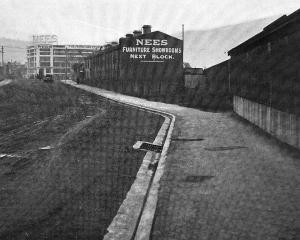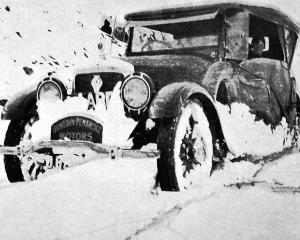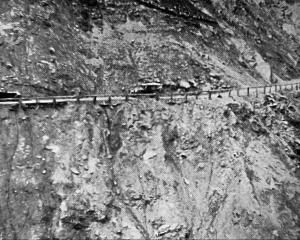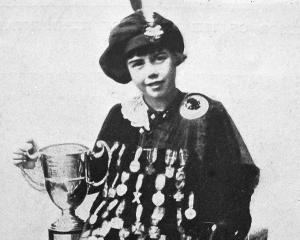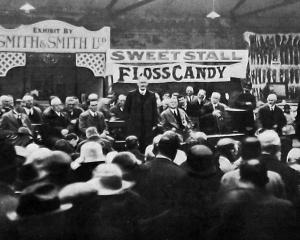During recent years Germany has been gradually but surely strengthening her position in the Pacific, having since 1894 secured the Bismarck group of islands and the two largest of the Samoan group from Great Britain, and the Caroline Islands from Spain.
It is significant that the principal centre of each group has been provided with highpower wireless stations.
Of late years there has been some development in south-east New Guinea, Kaiser Wilhelm's Land, which was declared a German protectorate in 1884. Rabaul, formerly Simonshaven, is the principal centre, and seat of Government.
It is also a naval depot and coaling station for German warships stationed in the China seas and Pacific.
Including Long Island, Dampier Island, and a few other small groups, Kaiser Wilhelm's Land has an estimated area of 70,000 square miles, and a population of 531,000 natives and 723 whites, of whom 578 are Germans.
The Marshall Islands, consisting of two chains, of lagoon islands, known as Ratak and Ralick, have belonged to Germany since 1885.
The inhabitants consists of 179 whites (91 Germans) and 15,000 natives.
The principal export is phosphate.
The largest of the Samoan Islands, Savau and Upulu, are German dependencies.
By the Anglo-German agreement of November 14, 1899, Great Britain renounced all her rights over the islands in favour of Germany as regards Savau and Upulu, and in favour of the United States as regards Tutuila and the other islands.
The port of Apia, which is also a coaling station, is in Upulu.
The inhabitants of the islands are Polynesians, who, though nominally Christians, still hold to native superstitions.
In 1911 there was a white population of 490 of whom 284 were German and 106 British.
An important consideration at the present time is the fact that wireless stations have been established at Apia (Samoa), Nauru (Marshall Islands), Rebane (German New Guinea), and Yap (Caroline Islands).
• Some mystery surrounds the movements of a number of German-owned steamers which left Sydney and Newcastle harbours a few hours before the declaration of war between Britain and Germany, under sealed orders, which were to be opened on getting well to sea.
There is a belief, probably well founded, that the scaled orders contained instructions for the vessels to meet at a certain rendezvous in the Pacific Islands, where they would find German warships to convoy them to a neutral port.
The Australian fleet left port a day or two later for an unknown destination and its operations, of course, have since been kept secret.
It is quite possible, again, that more than one of the liners which so hastily left Australian ports steered for the naval coaling station of Matupi, where they could fit out as armed cruisers.
It is known that numbers of German liners carried guns in their holds, with complete mountings and the necessary ammunition, for months before the war broke out, and it was stated by a British liner captain in Sydney recently that the steamers of the Norddeutscher Lloyd trading to Australia each had four 4-inch guns ready for mounting.
Torres Strait is suggested as a likely place for interference with the British steamers trading between Australia and the East Indies and Asiatic ports, but it is scarcely likely that the enemy will molest traffic in narrow seas patrolled by the Australian Navy. - ODT, 26.8.1914.
• COPIES OF PICTURE AVAILABLE FROM ODT FRONT OFFICE, LOWER STUART ST, OR WWW.OTAGOIMAGES.CO.NZ
